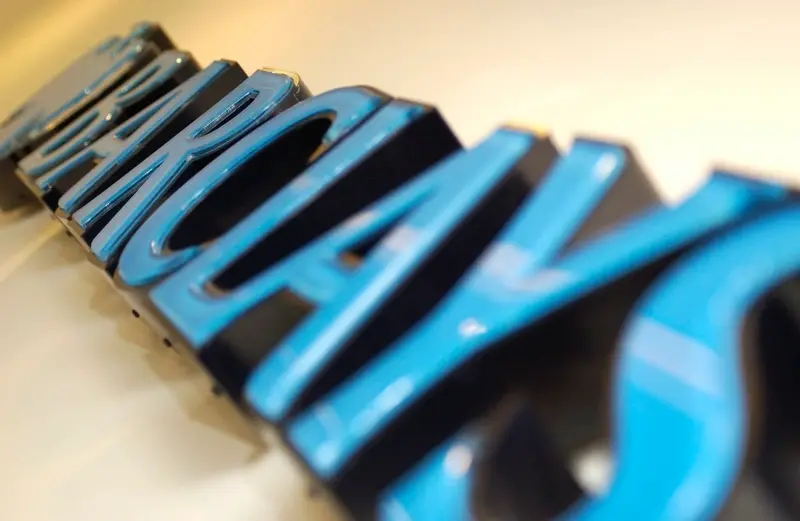
Shares in high street lender Barclays (BARC) climbed 5% to 103p despite the bank reporting a big hit to first quarter earnings from increased provisions for bad loans.
Statutory profit before tax was £0.9bn after the bank took a £2.1bn credit impairment charge to reflect its ‘initial estimates of the impact of the coronavirus pandemic.’ Profit before tax excluding credit impairment charges was £3.0bn.
The provision was more than double the level forecast by analysts, and suggests Barclays sees more trouble ahead, particularly in its UK corporate, consumer and credit card businesses.
Also noteworthy was the fact that it took a specific charge of £300m ‘to reflect the probability of a sustained period of low oil prices’, following the pattern set by HSBC (HSBA) and its US rivals.
WEAK UK PERFORMANCE
Barclays’ UK income fell 4% due mainly to ongoing pressure on its net interest margin following further cuts in the Bank of England’s base rate in the first quarter.
The bank also recorded an 11% drop in Barclaycard revenues, due to lower interest-earning balances on UK credit cards as customers shopped less, and a 7% drop in business banking due to continued pressure on deposit margins.
Credit impairment charges jumped to £481m against £191m in the first quarter last year, to reflect the worsening economic outlook.
While 30-day and 90-day arrears rates in UK cards were flat on the previous year at 1.8% and 0.8% respectively, the bank cautioned that the impact from the pandemic had ‘yet to be realised as at the quarter end date.’
STRONG MARKETS PERFORMANCE
The main bright spot for Barclays was the outperformance of its corporate and investment banking business, and particularly its markets division which had its best ever quarter.
The bond and commodity trading business more than doubled revenues, driven by ‘a strong performance in macro and credit reflecting increased client activity and spread widening.’
The share-trading business increased revenues by more than 20% thanks to higher volumes in equity derivatives such as options and futures as volatility in equity markets soared.
KEEPING ITS TARGETS
The other positive takeaway from the results was that despite a big drop in the ratio of the bank’s return on tangible equity (RoTE) to just 5.1% in the first quarter, compared with 9.6% a year earlier, management have stuck with their 10% medium-term target.
Chief executive Jes Staley was upbeat, flagging that the virus ‘came late in what was until that point a good quarter’ and hailing ‘the strength of Barclays, (which) lies in our diversification by business, geography and currency, which allows us to remain resilient through the developing economic downturn.’




